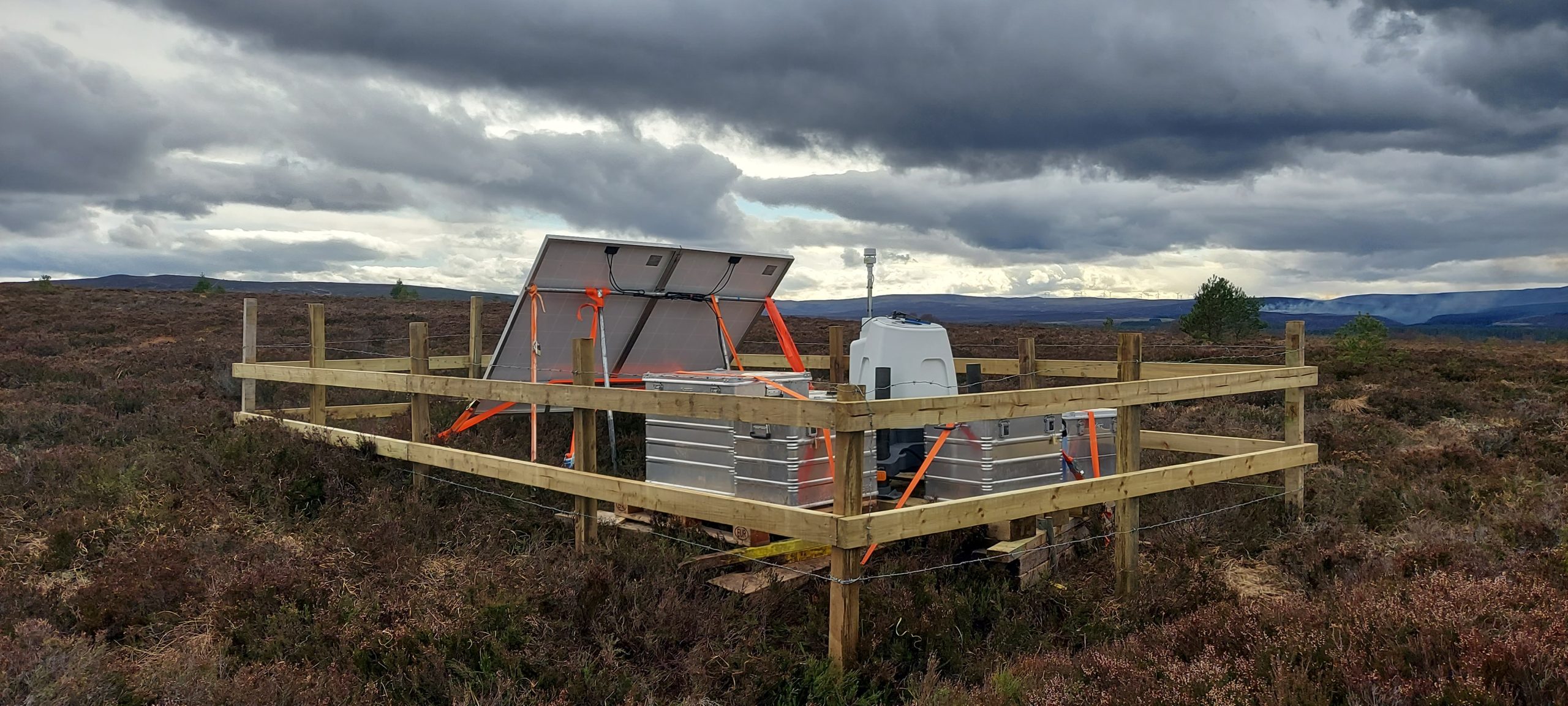Supported by advisory services provided by DNV, RES, the world’s largest independent renewable energy company has utilised wind lidar as a standalone solution for wind resource assessment and project planning at its 16-turbine scheme, Cairn Duhie. It’s a step change in safety, economy and efficiency.
Advances in digital technology have yielded significant benefits to many engineering disciplines and the wind power industry is no different. From flow modelling using computation fluid dynamics to the use of artificial intelligence and machine learning for data analytics, as a modern industry the wind sector has readily embraced many of the most advanced digitally-enabled breakthroughs.
As a route to becoming, safer, more efficient, cost-effective and competitive, these techniques are behind the dramatic reduction seen in the cost of generation from wind power and a big part of its successful deployment. One key area of development has been in the use of remote sensing technologies and the use of tools such as wind lidars as part of the required resource measurement campaign to accurately record key characteristics of the wind including speed, direction and turbulence.



























